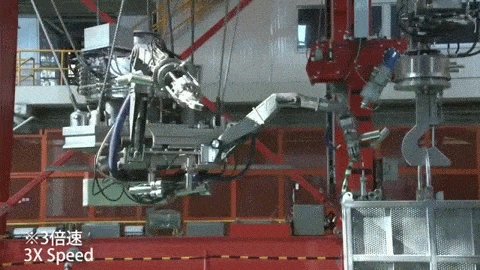“Nearly seven years after the triple reactor meltdowns, this unique nuclear crisis is still underway,” Greenpeace International’s Shaun Burnie wrote in a blogpost last December. The word “unique” is an understatement but true. The March 11, 2011meltdowns are the world’s first combined earthquake-tsunami-reactor catastrophe. Moreover, while other power reactors have run out-of-control, melted down and contaminated large areas, never before have three simultaneously suffered mass earthquake damage, station black-outs, loss-of-coolant and complete meltdowns.
The consequences of its meltdowns-cubed are uniquely over three times deeper, broader and more expensive than anyone was prepared to handle. In the days following the initial quake, tsunami(s), and explosions, the head of the emergency response said, “There is no manual for this disaster.” Managers have had to invent, design, develop and implement the recovery whole cloth. Evacuation was so haphazard that on August 9, 2011, one local mayor accused the government of murder.
The crisis is ongoing in many ways: radioactively contaminated water is still pouring into the Pacific Ocean (permanently contaminating and altering sea life which bio-accumulates and bio-concentrates the radioactivity); radioactive gases and perhaps even “hot particles” are still wafting out of destroyed reactor structures and waste fuel pools; the constant threat of earthquakes and tsunamis in Japan puts millions of gallons of radioactive waste water now stored near the shore in tanks at risk of spilling; and the dangerous work of collecting radioactive soils, leaves and tree trimmings from farmlands, school yards, parks and gardens continuously adds to vast collections of 1-ton radioactive waste bags.
The government estimates that 30 million cubic meters of this collected rad waste — a nearly unimaginable 29 million tons — will eventually require burial, incineration or re-use in road-building. The disaster is ongoing because the dangerous radiation exposures endured by the workers in these disaster response jobs is cumulative and irreversible — and the work will continue for 3 centuries or so.
…click on the above link to read the rest of the article…























